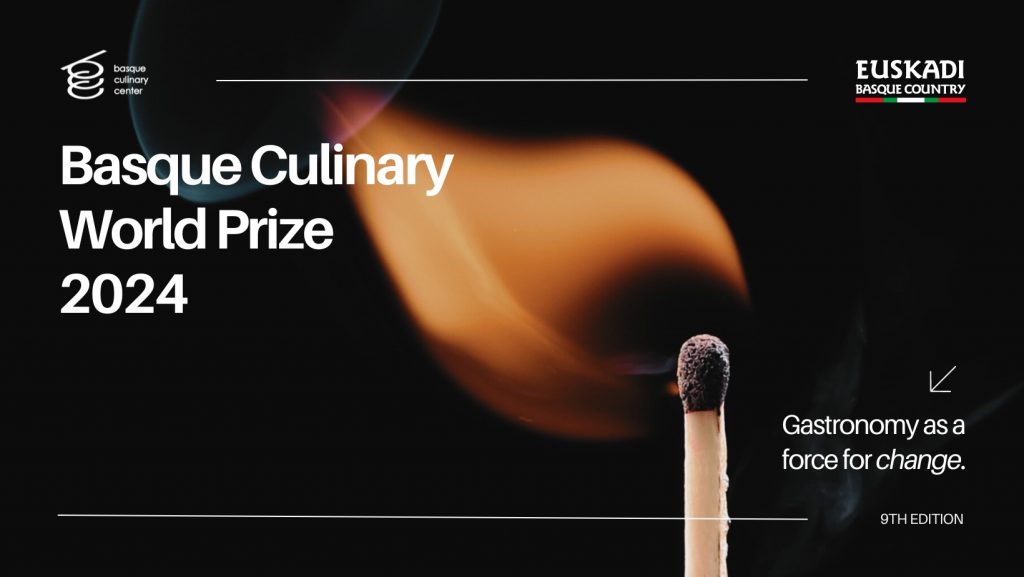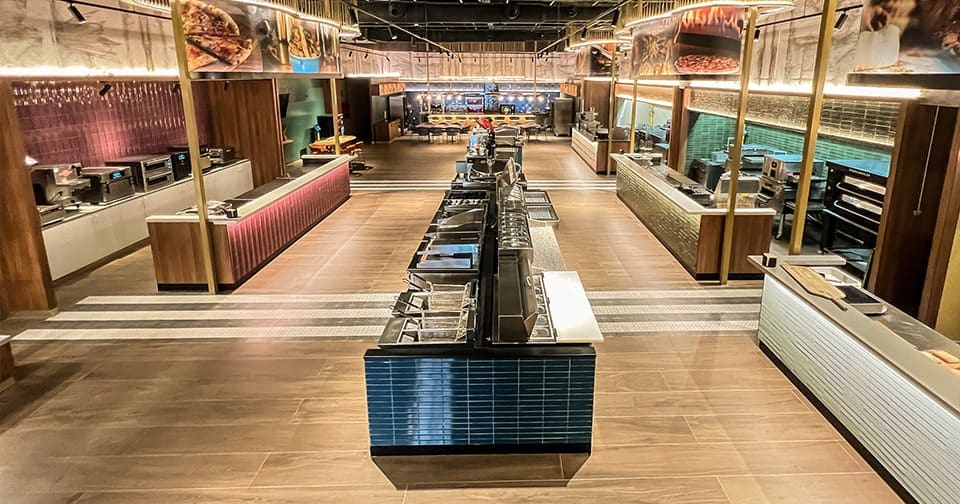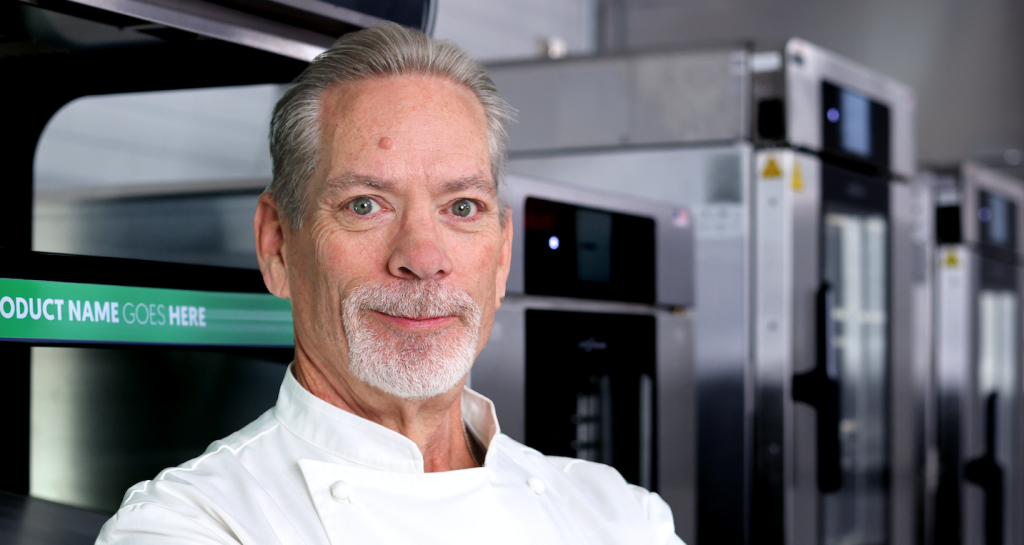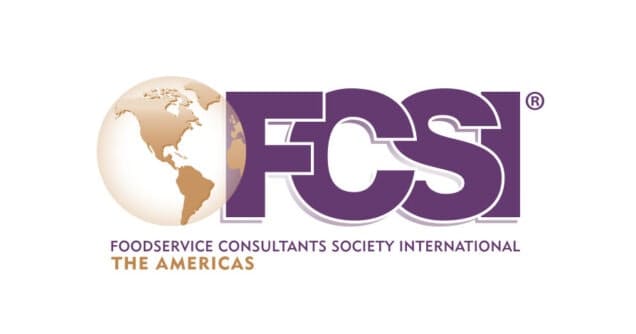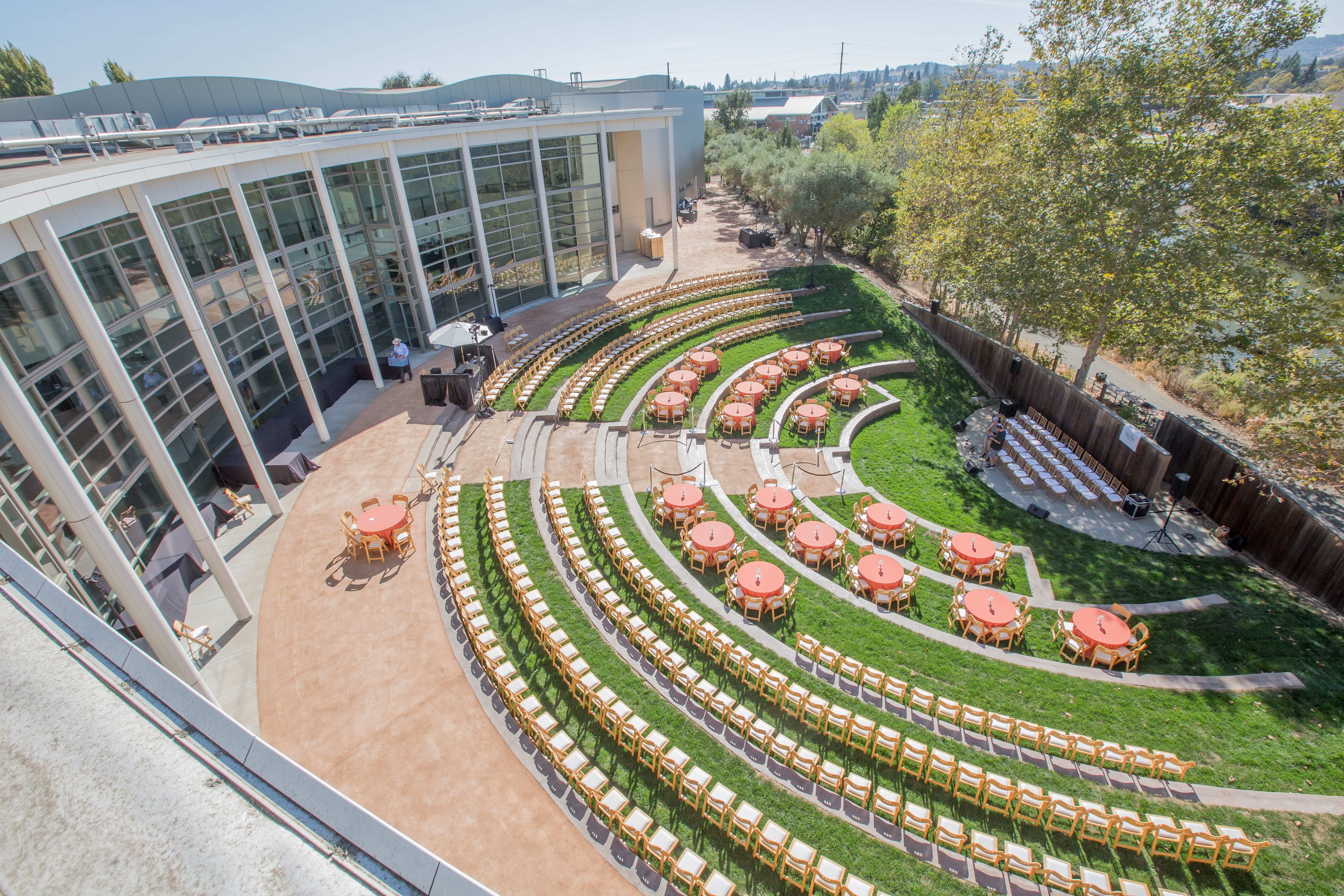
After years of sitting abandoned in Napa Valley, the former Copia center for wine, food and the arts – originally opened about 15 years ago by wine mogul Robert Mondavi and the legendary chef Julia Child – has been reborn and revitalized by the Culinary Institute of America (CIA), which has its second school location at Greystone just north in St. Helena. In a multi-million dollar renovation project that began in 2015, the CIA has transformed the old center into a new, 80,000-square-foot educational and event space, complete with a full-service restaurant, a retail store, a 90-seat demonstration theatre, a 250-seat traditional theatre, an event atrium and an impressive, 500-seat outdoor amphitheater for concerts and large weddings.
Teaching centers – decked out in new, state of the art Hestan custom suites and the location for a new food business master’s degree program – will open in late 2017 as part of the last phase of the renovation. There will also be a display of Williams Sonoma founder Chuck Williams’ culinary collection.
“We designed Copia to be the public face of the Culinary Institute of America as it has evolved from a college to a university and make it open to the public for food and wine education,” says Chef Waldy Malouf, director of special projects at the CIA.
The Restaurant at CIA Copia, helmed by the France-born executive chef Christophe Gerard, formerly of the Silverado Resort and Spa, focuses on market-driven California cuisine with global influences. The 160-seat restaurant features a casual dining space along with outdoor patio for 70, a 40-seat bar and lounge area and three private rooms, each seating 16. Regular wine tastings and seminars are held in the sensory wine salon.
In a departure from most traditional restaurants, there is no ordering off an a la carte menu at the Restaurant at CIA Copia; the dining space surrounds an open kitchen, where cooks prepare different, mostly sharable dishes and offer them to the guests to try. They’re charged for whatever they choose, according to Malouf. “The menu will change often and usually include 14 savory items, a cheese course and a dessert,” he adds. “The cooks become part of the chain of service so they’re allowed to be part of a service charge pool, which is more lucrative for them.” Both cooks and designated food runners bring the food to the guests.
In the kitchen, a vertical, wood-burning rotisserie roasts lamb, vegetables, fruit and more, while outside, a wood-burning oven cooks different flatbreads, oysters, carrots and other foods. A roaming fiberglass cow on wheels holding different local and regional cheeses has been affectionately named Bessie.
In the dining room, simple black and white photographs of Napa Valley scenes and of antique cooking equipment from the Chuck Williams collection grace the space. Outside, two acres of gardens offer 30 different plots for the restaurant and other chefs in the community gardens to grow their own produce, while 40 olive trees are used for pressing oil on-site.
Amelia Levin

